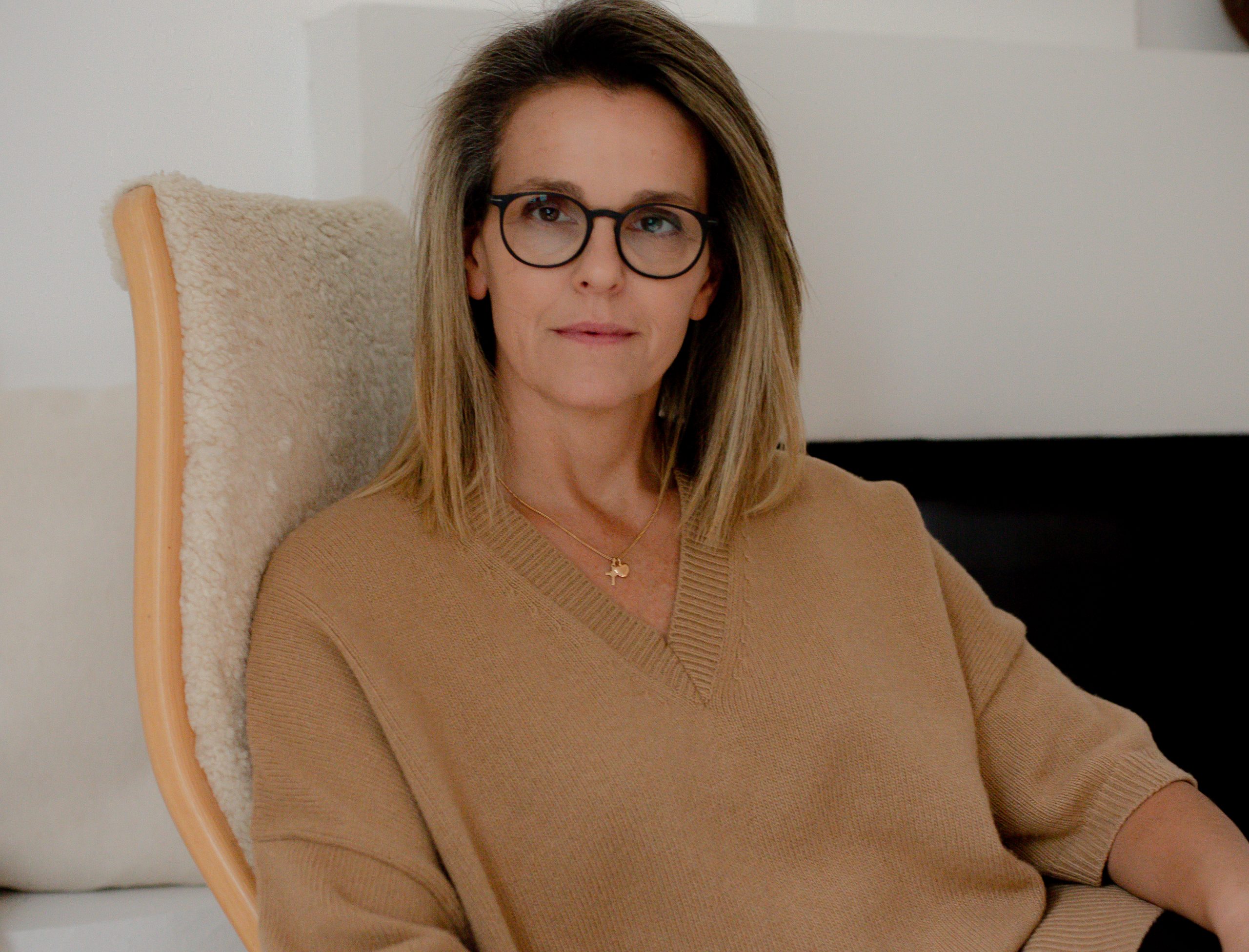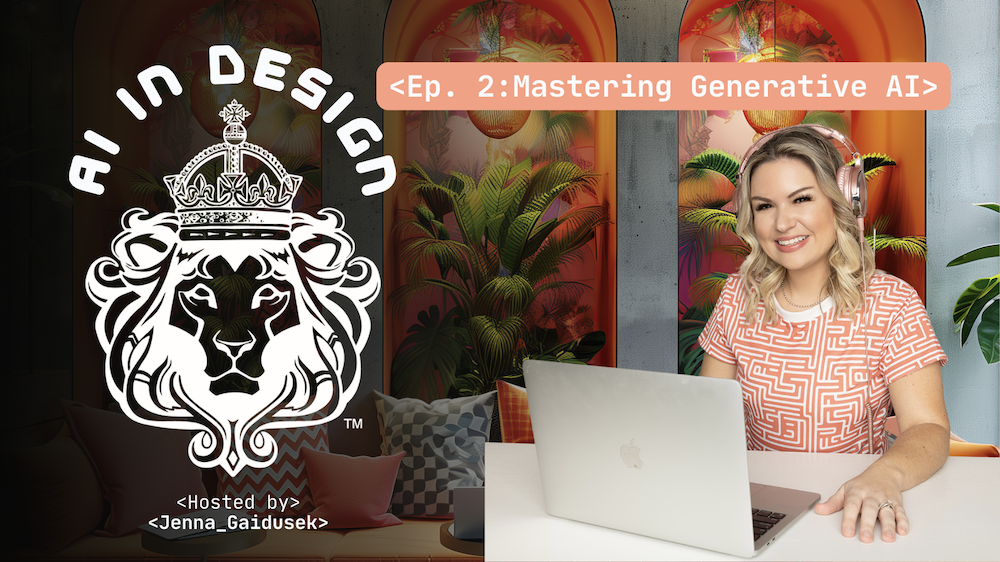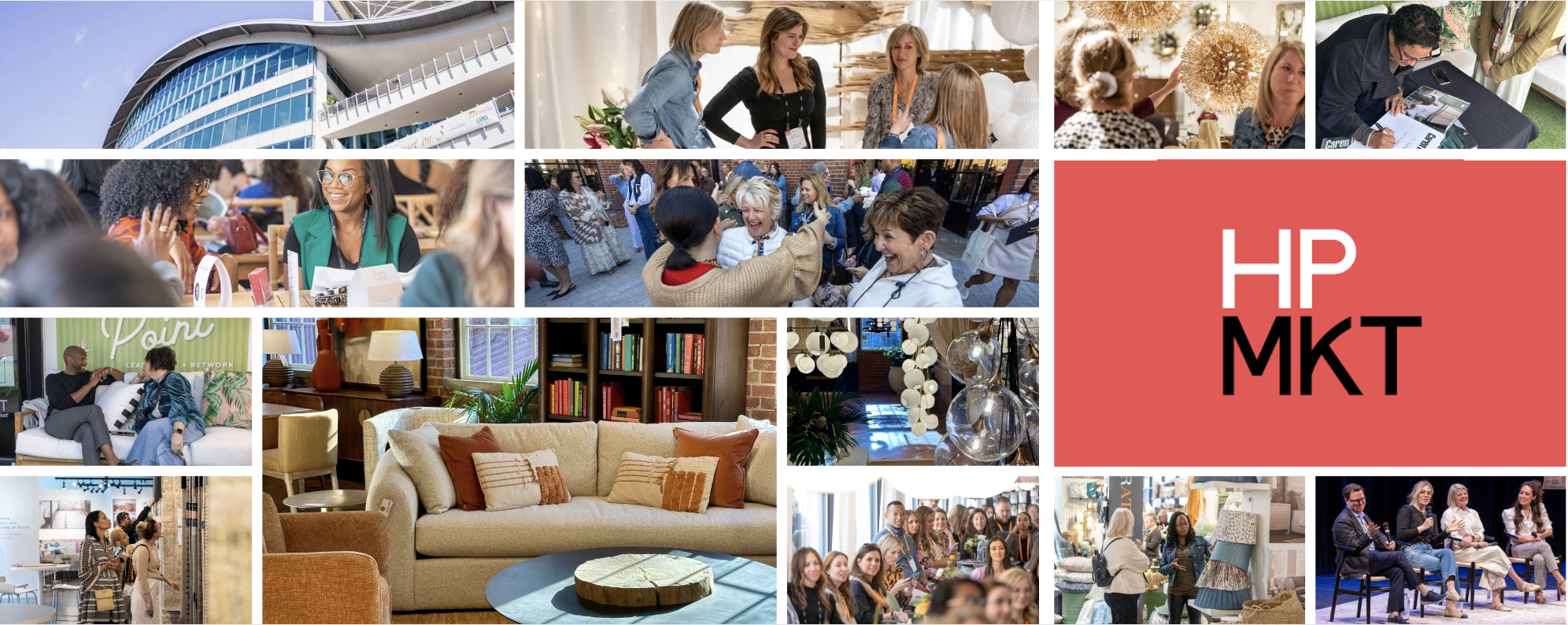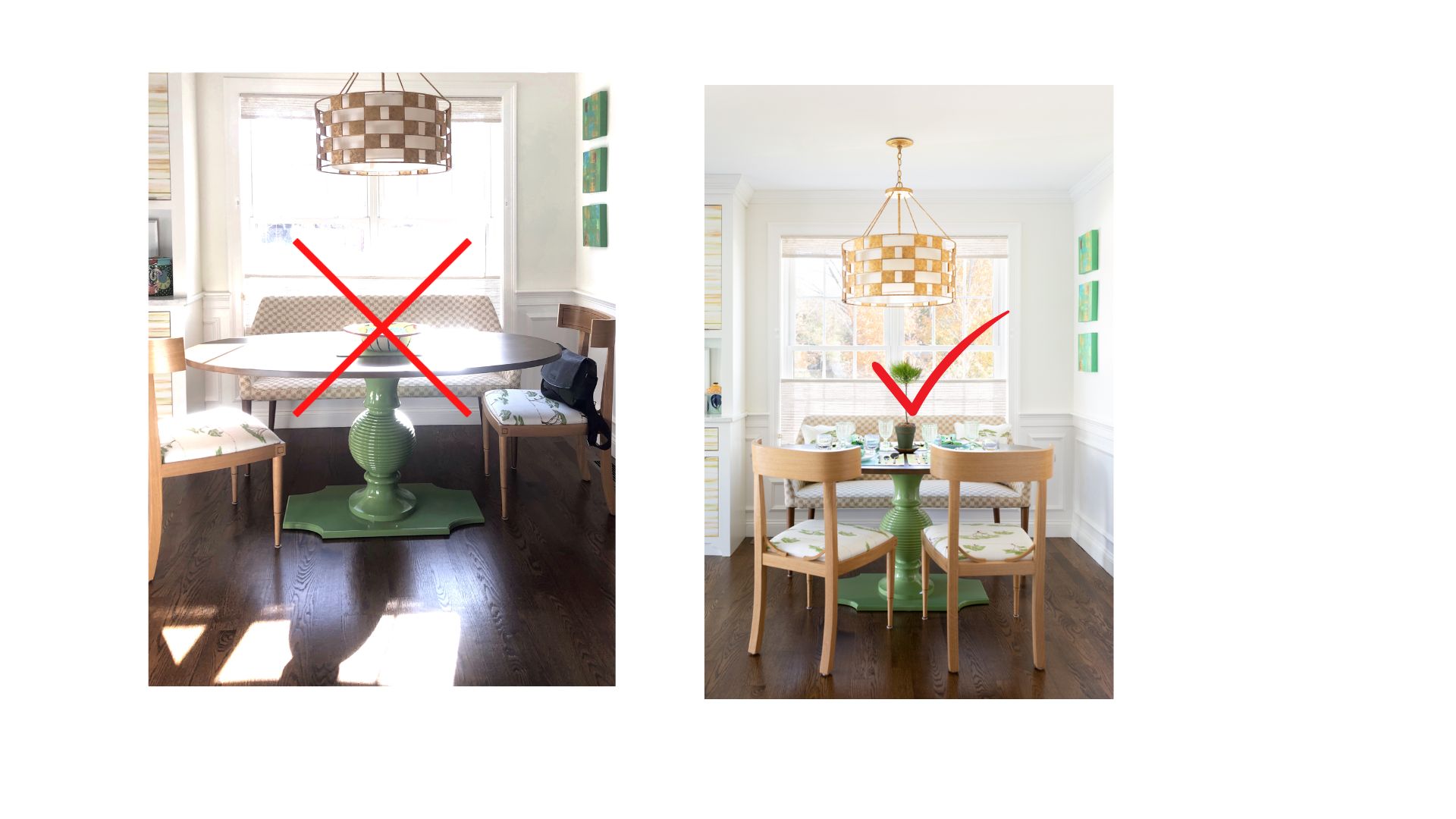
DSA Insider: Hot Topics, Events and Fresh Reads
Work-life balance is a hot topic right now when it comes to career expectations for professionals across all industries, but as interior designers, how do we manage client expectations, while also maintaining a healthy work-life balance?

“I think it is important to have a good process in place with a welcome package, a solid contract, and simple and straight forward communication. We have a 'Sweet 16' document, where we line up scenarios and how we handle them, for instance, we can't speed up the process just because your family is coming over in three weeks," says Christina Richardson, Interior Designer and Owner of Christina Richardson Interiors.
Got a hot topic or would like to discuss further? Be sure to
DM us and you can be featured in a future newsletter!
Upcoming Events
Join thousands of designers from around the world at High Point Market’s Spring Market hosted from April 26-30 in High Point, North Carolina.
During the five-day event, guests can participate in educational seminars hosted by industry experts, explore specialized showrooms and much, much more.
Fresh Reads
Owner and Principal Designer of Caroline Gidiere Design in Birmingham, Alabama, Gidiere masterfully blends antique and contemporary pieces with joyful colors, rich textures and timeless elegance in this book. But it’s more than just a design book—it’s a guide to living beautifully, with practical tips on everything from setting the perfect table to stocking your home bar. It’s perfect for designers who love refined, Southern-inspired interiors with a contemporary edge.
Gidiere was also DSA’s 2023 Design 360° Award recipient. Learn more about her
HERE.

AI in Design: Ep. 2 "Mastering Generative AI"
AI-powered image generation is changing the game for interior designers! In this episode, Jenna Gaidusek dives into generative image programs, with a special focus on Stable Diffusion-based tools.
Learn how to create stunning visuals with AI, explore essential tips for crafting high-quality imagery, and discover how these tools can elevate your design process. Whether you're looking to refine client presentations, generate inspiration, or speed up concept development, this episode will give you the insights you need to start leveraging AI-driven creativity.
It is a full day dedicated to showing interior designers and architects how to use AI to work smarter, create stunning visuals and stay ahead of the curve. Gaidusek is bringing together industry experts to share the tools and strategies they are using make a difference right now, from generative AI for ideation to photorealistic renderings, VR home tours and even turning 2D images into 3D models (yes, really!).
Tickets originally $129, but a special offer to DSA members for just $89! For DAIly AI Members, this summit also marks the official launch of The DAIly AI App. Attendees will follow along with live in-app exercises, real-time AI prompting and exclusive post-event discussions. Not a member, click HERE to join today and unlock exclusive AI training, plus free summit access. 
How YOU Can Capture the Best Interior Design Photos
Smart Phone Photography
Linda Holt empowers interior designers with tools to photograph their own design projects.
By Lindsay Field Penticuff
Her entire life, Linda Holt has had two passions—photography and decorating.
“I purchased my first camera when I was 10, and I was obsessed,” says Holt, Owner of
Linda Holt Creative in Boston, Massachusetts. “I’d always be bringing in things I’d find in the woods to decorate my room, and I was always moving my furniture around. I remember rearranging my room as young as 7 years old.”
She even had a playhouse in her backyard that she constantly made things for and decorated. Linda Holt wanted to go to college to study interior design, but her father dissuaded her.
“He said I needed to get a ‘real’ degree,” she says. “I also am very good at science, so my first college degree is in marine biology. I worked in the field for a year but was miserable.”
Holt went back to college,this time on her own dime; however, interior design school was still quite expensive.
“So, in thinking about what else I love to do—and still be creative—I decided to go back to school for photography,” she says.
Holt was a professional photographer for 25 years, shooting professional commercial headshots for everyone from actors and models to opera singers, comedians, and celebrities.
“During the Great Recession in 2008, my photography business kind of collapsed, and that’s when I closed up my studio and went back to school for interior design,” Holt says. “What helped me with interior design, I’d spent nearly a lifetime of building up my eye, so I had a good feel for color, balance, harmony, and all those things that are transferrable to room design.”
She remembers being able to go into a client’s home and visualize the entire space designed and could envision photos of the finished space, even on the first visit.
Interior design was her found-again, full-time job until 2020, when the COVID-19 outbreak started. She stopped working with clients and began writing a smartphone photography course.
“What empowered me to start creating my [smartphone photography] classes is that I would go to these classes with designers and be taking photos, and [designers would] look over my shoulder and ask, ‘How do you do that?’, and I was constantly tutoring someone while at the market,” she recalls.
That’s when a new passion, which combined her lifelong passions, evolved. And she’s thrilled to be able to show others how to take professional photos of their designed spaces with a smartphone.
“The biggest misconception about smartphones is that they are just sub-part DSLR cameras,” Holt says. “Smartphones today are probably 10 times better and more powerful than the last professional camera I owned when I was shooting professionally and being published.
“If you put this into perspective, back then, my camera was an 8 mega-pixel, $3,000 Nikon camera. Today, there are 24 mega-pixels in a smartphone. People think you need a digital camera for print, and that’s false; 10-12 mega-pixels is more than enough for the quality for print.”
Another misconception often voiced by designers is their ability to take high-quality photos with their smartphones.
“They think they can’t take a good photo, but the phone does 90% of the work for you,” she says. “Instead of thinking about their phone as a sub-par digital camera, start thinking about it as a $1,200 digital camera, which is what it is, and give it respect.”
Holt says designers need to give their smartphones the same thought and attention as they would with an expensive digital camera.
“Designers who have worked with professionals, they have it on a tripod, they take their time, they take a shot, they look at it, they analyze it, they tweak it a little bit,” she says. “You need to do that same procedure whether you’re using a $10,000 or your 4-year-old smartphone. You have to give it the respect and really take the time to get the shot.”
Learning Holt’s smartphone practices also saves designers money and allows them to own the copyright on photos taken in the spaces they design.
“Designers need to own the copyright to their own design photos. If they don’t take the photo, they don’t own the photo. The photographer they pay owns their photo, and they can do anything they want with it. They could put it on their website and tag the products and have a store. It’s all about empowering designers to own their own images,” she says.
It also allows designers to control the story they tell through images.
“You don’t have to rely on someone else’s vision of what it should be,” she says.
Looking ahead, Holt believes artificial intelligence (AI) will significantly benefit smartphone photography.
“I’m pretty excited about the future of AI in photographer,” she says. “Right now, AI is not going to be able to go in and photograph your finished project. You still have to do that, but AI can make the photo go from good to great.”
Click
HERE to access her 30 Instagram ideas for stories or reels for interior designers, and
HERE to learn her five smartphone tips for magazine-worthy interior photos.
“I encourage people to follow me on Instagram, because I do almost daily smartphone tips,” Holt adds. “My niche is interior designers, so everything is pretty much tailored to what an interior designer would want to know about their phone.”
Holt’s next live class, Interior Photography With the Smartphone, is being held Tuesday, March 25, from 1-3 p.m. (EST).
Be sure to connect with Linda and explore more of her awe-inspiring work on her website and Instagram!
Lighting Tips:
Composition is important, but light is everything, according to Holt.
- Pay attention to the natural lighting in a space. You want to choose a time of day when the natural light coming in from doors or windows is even. “Make sure the light is still nice and bright, meaning there’s no hard sun streaming through a window causing super hot spots across your furniture and the floor,” Holt says.
- Learn how to set the exposure manually. If it’s a little bit dark, you want to be able to increase exposure to help improve the lighting in a space.
- If a room is dark, you need to bring in supplemental lights. You don’t EVER want to turn on the lights in a space, but if you’re shooting in a dark space without any natural light, you have to bring in the light. Use a professional softbox. Click HERE for a list of items in Holt’s digital camera bag. “You must have a very specialized bulb—a professional-level video bulb,” Holt adds. “They aren’t hard to use. They are continuous light. It can pop in that little bit of light you may need. I have an entire module about using supplemental light in my course, but they are not hard at all to use.”




 Caroline Gidiere’s highly anticipated book, Interiors for a Life in Good Taste, is a love letter to classic design with a fresh, modern twist.
Caroline Gidiere’s highly anticipated book, Interiors for a Life in Good Taste, is a love letter to classic design with a fresh, modern twist. Caroline Gidiere’s highly anticipated book, Interiors for a Life in Good Taste, is a love letter to classic design with a fresh, modern twist.
Caroline Gidiere’s highly anticipated book, Interiors for a Life in Good Taste, is a love letter to classic design with a fresh, modern twist.


.jpg)








